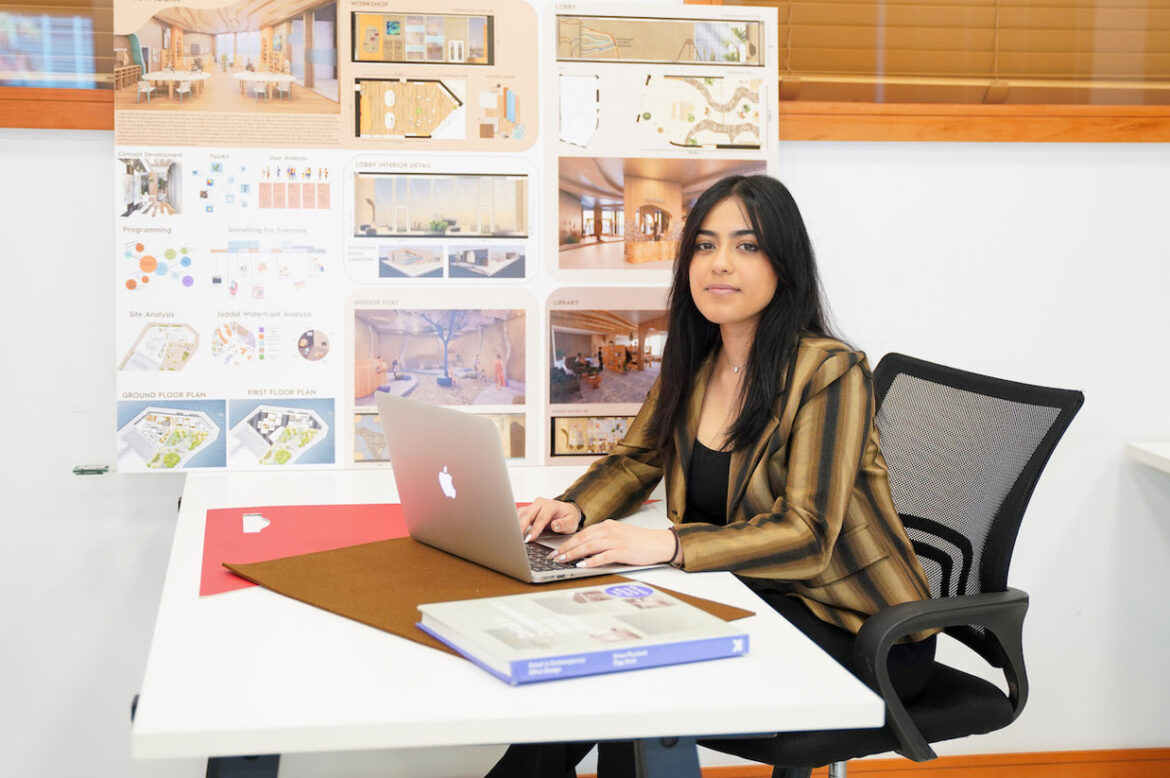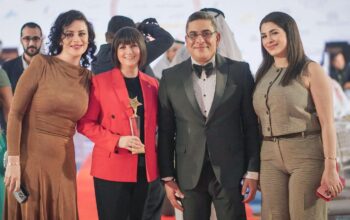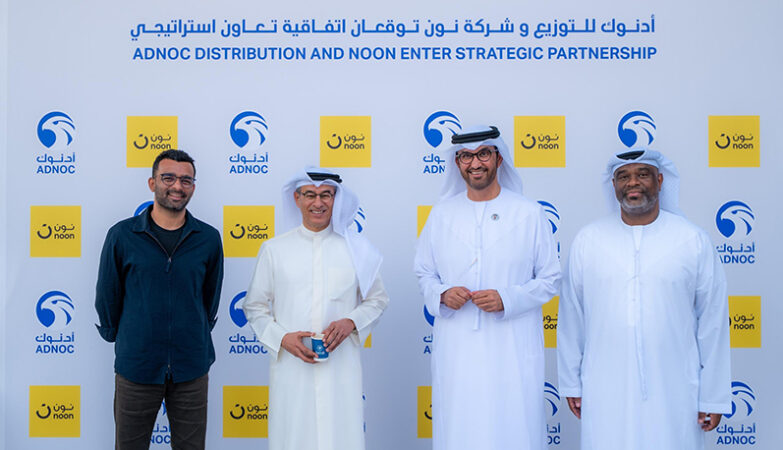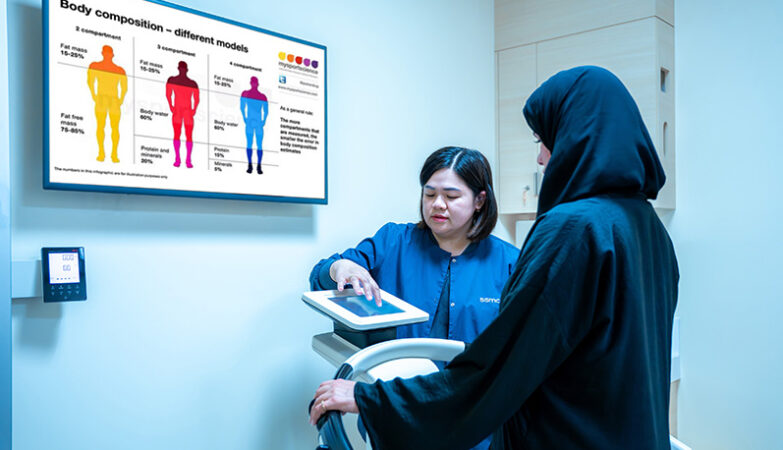Wellness-themed space promotes relaxation through childhood nostalgia
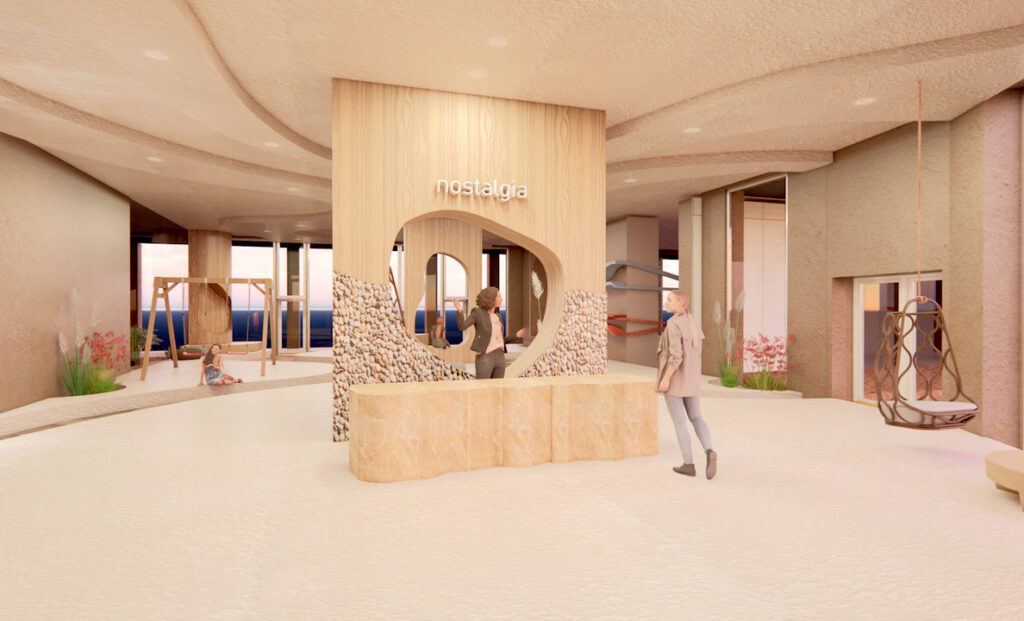
13 March 2023, Dubai, UAE: Canadian University Dubai (CUD) student, Nafisa Saeed, is among the winners of the international LIV Hospitality Design Awards 2022, announced recently in Switzerland. Her design entitled, ‘Nostalgia – Healing Your Inner Child’, aims to support adults’ restoration and relaxation through childhood nostalgia, and won the award in the Wellness category of the annual interior design competition. Nafisa was one of three CUD students recognized in the contest, among hundreds of entrants from both education and industry.
Describing her award-winning design as a ‘playground for adults’, Nafisa combined fun and playful colours with interesting shapes and forms to recreate the visual effect of a playground. She explained, “I wanted to develop a space where users could heal, relax and take a well-earned break from their everyday stress and routine. It aims to provide a sense of familiarity and nostalgia from a different time of life, to connect with the safety and security of childhood, to help users feel tranquil and welcomed.”
She continued, “Touching on the subject of connecting with one’s inner child is an idea that I feel needs to be utilized more to bring back the joy and innocence from our younger years. The duality of the private and social spaces within my design aims to stimulate the individual characteristics and preferences of different people. The outcome is to provide a space that incorporates the feeling and sensation of both euphoria and calming nostalgia, that one cannot really describe.”
Now in their third year, the LIV Hospitality Design Awards honour exceptional architectural and interior design projects that represent the future of the global hospitality industry. Staged across several categories under the two broad themes of ‘Living Space’ and ‘Eating Space’, the 2022 competition attracted over 450 entries from students and professionals representing 53 countries. The submissions were assessed by an expert panel of more than 40 architects, designers, and developers in the hospitality sector, who selected winners through a multi-round voting process.
Reflecting on her success among an international field of industry professionals as well as peers, third year interior design student Nafisa said, “I was extremely grateful to get the opportunity to enrol for this competition through the university. As well as expanding my connections and knowledge, it has been an opportunity for personal growth and inspiration, and I feel deeply appreciated to know that my design communicates effectively to a jury of professionals and works from an aesthetical and technical approach.”
Alongside Nafisa, CUD Interior Design students Alanoud Altaweel and Rowan Hassan earned Honourable Mentions for their submissions, ‘The Exhale Center’ and ‘The Hideaway’. Mentoring the students throughout the process was Assistant Professor in CUD’s School of Interior Design, Ms. Sophie Johnson, who said, “Entering competitions is a must for any design student; it keeps them up to date with current thinking, motivates them, and builds communication skills in real-life settings, while also demonstrating that they are willing to go beyond what is asked of them at university.”
She continued, “This is a really fantastic result for all three students, to showcase their work to an international jury and get recognition for their creativity within the hospitality industry. Nafisa developed her project through a really sensitive narrative about reconnecting adults to playfulness as a way to de-stress, designed through a sense of nostalgia. It often takes a younger perspective like this to realize what might be good for us. Both Alanoud and Rowan also produced work that offered a sensitivity in their design approach while connecting to the local culture and typology.”
Reflecting on the process, Nafisa concluded, “My professor was extremely encouraging in how I wanted to depict my ideas and concept; offering a deeper insight into the relationship of interior spaces, materials, users and functionality that I would not otherwise have considered. From initial research to my final design, I learned several things about conceptualizing and designing a space that is centered around user-needs and patterns. The ability to speak to an individual’s senses and emotions through layers of design elements was something really important that contributed to my final winning concept.”

